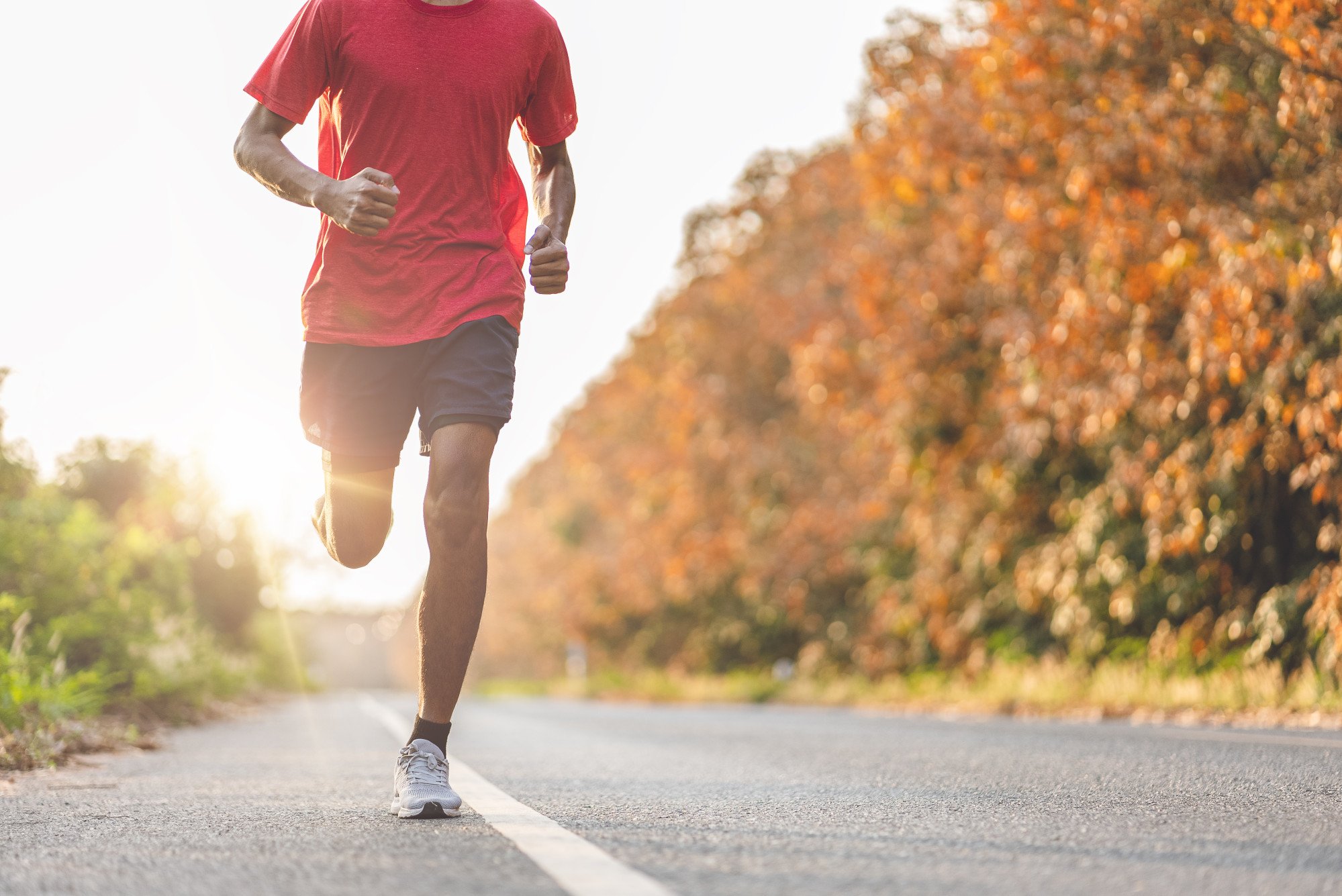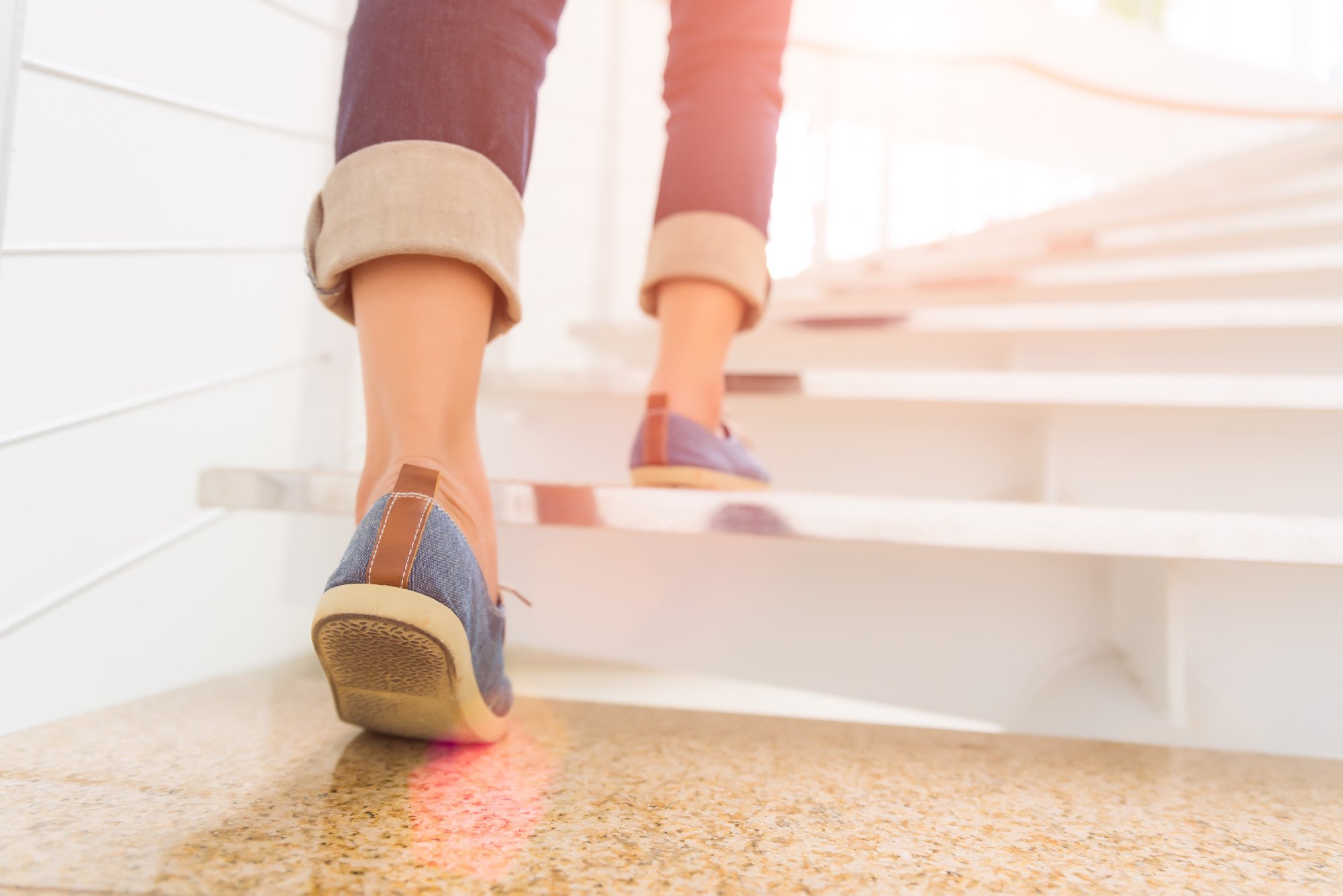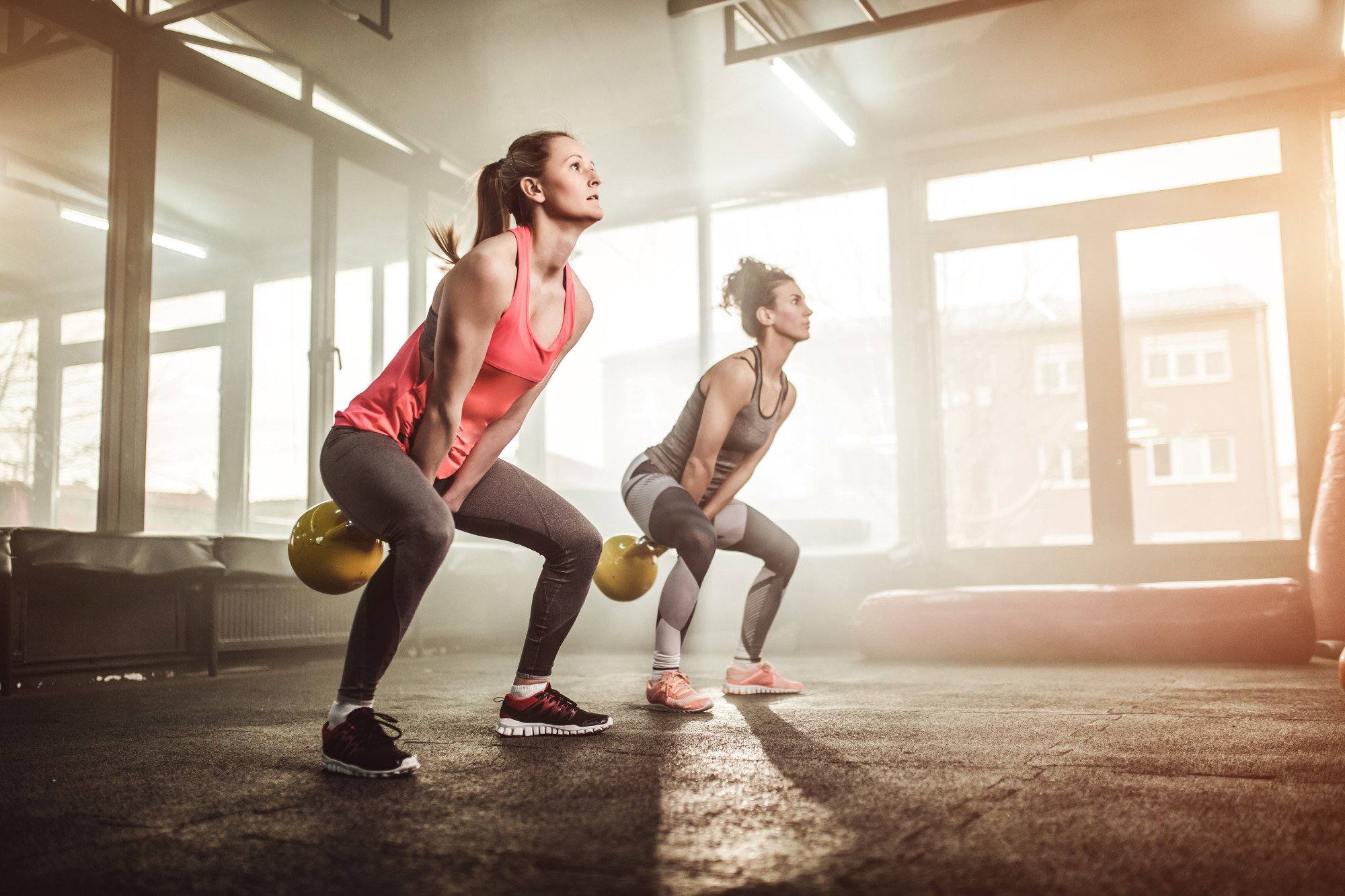
Explainer | Tight hip flexors in runners: symptoms, prevention, cure – how to improve your running with strength training and mobility
- Tight hip flexors are common, often caused by a sedentary lifestyle between exercising, but there are some easy remedies
- Hip flexors are the group of muscles that attach your thigh to you pelvis and lower back, allowing you to lift your leg
Hip flexors are key to running, but as they are a small muscle group they are often neglected in training. Tight hip flexors can effect your gait, make you less efficient, lead to injury or at least feelings of tightness in areas such as the lower back.
You should include work on your hip flexors to make them mobile and strong to improve your running.

Why are hip flexors important for running?
Hip flexors are a band of muscles that go between the pelvis and the thigh. They are around the groin area and connect your lower back to your hips. They are responsible for your leg swinging from the hip, which is essential to movements like kicking, bending or running – in short, the hip flexors make your hips flex.
They are in fact a group of muscles, including one that is part of your quadriceps, which runs down to your knee.
Key to running well, they are essential to the basic movement of lifting your leg, and also play a role in balance, posture and mobility. Not only will you run faster with healthy hip flexors, you will also run more efficiently, thereby using less energy and reducing the chance of injury.
4 steps to improving upper body strength for trail running
Tight hip flexors
Tight hip flexors are common. Symptoms include pain in the lower back, knee, hips, and sharp pain when you run or change direction and a restriction in your normal gait or posture.
The most common cause of tight hip flexors is a sedentary lifestyle. We spend all day seated at our desks, with our hips bunched. The hips become tight with a lack of movement.
Another cause in runners is overuse. Runners who do too much running without building their volume slowly, or do too much intense running without including easy sessions, can experience tight hip flexors.
Not warming up properly will also result in tight hips, and a lot of other injuries.
Weak hip flexors are a common cause of tightness. If your hip flexors are weak, they become overworked easily and tighten, or other muscles around compensate and then they become overworked and tight. Both scenarios are uncomfortable and can cause injuries.

Prevention and cure
If you have a desk job, get up and walk regularly. Even a two minute lap of the office is better than nothing. Consider a standing desk, or alternating between a standing and sitting desk, so your hip flexors are not coiled the entire work day.
Regular stretching throughout the day won’t hurt either. Sitting for hours is the number one cause of hip flexor issues but fortunately is easily remedied.
7 summits: how to climb the highest peak in each continent
Warming up
Before running, take a moment to warm up with some dynamic stretches. Avoid static stretches, such as holding the same position for 30 seconds to stretch a muscle, before working out. Include static stretches in your warm down, not up.
Dynamic stretches include walking lunges, squats or body weight single-leg Romanian dead lifts. For the latter, lean forward and lift one leg up behind you so it is parallel to the ground, and then return to your upright position.
When you run, start slow and build to your target pace for that session.

Strength training
Strength training will not only improve your strength, but also your mobility.
Try single-leg Romanian dead lifts with a weight to add to the resistance.
Bulgarian splits squats are great too – put on foot on a chair or bench behind you. Think of a lunge, but with your back foot raised. Bend your front leg until your back knee almost touches the ground. You can do it with or without weights depending on your ability.
Kettle bell swings are a great exercise too. Stand with your feet in a wide strong base, and with two hands on a kettle bell, swing it between your legs by bending at the hips and knees. Straighten your hips and knees to drive the kettle bell forward. Let it swing up so your arms are parallel to the ground, and then let it swing back between your legs.
Band walks – put a strong band around your legs, just above your knees. Squat slightly with your feet shoulder width apart and then walk sideways like a crab with small steps. Make sure there is tension in the band, and don’t let your legs be forced together. Fight to maintain that shoulder width stance. This will work your glutes, and also benefit your hip flexors.
Core training – a lot of core exercises will also benefit your hip flexors. For example, lie on your back, and raise your feet off the ground. Then flutter your feet up and down alternatively, to strength your core and hip flexors.

Mobility
A range of motion is important in hips. Too much strength training without warming up or a lack of mobility training can also cause tightness.
Mobility does not mean the same as flexibility. The former is a range of motion, the later is a static stretch. So, try exercises that increase your range of motion by actively, dynamically moving your hip to the limit of its motion, such as being on all fours and lifting your leg out to the side.
Yoga is great for mobility – like pigeon pose or warrior poses.
Static stretches have their place and will aid mobility too as a warm down.

